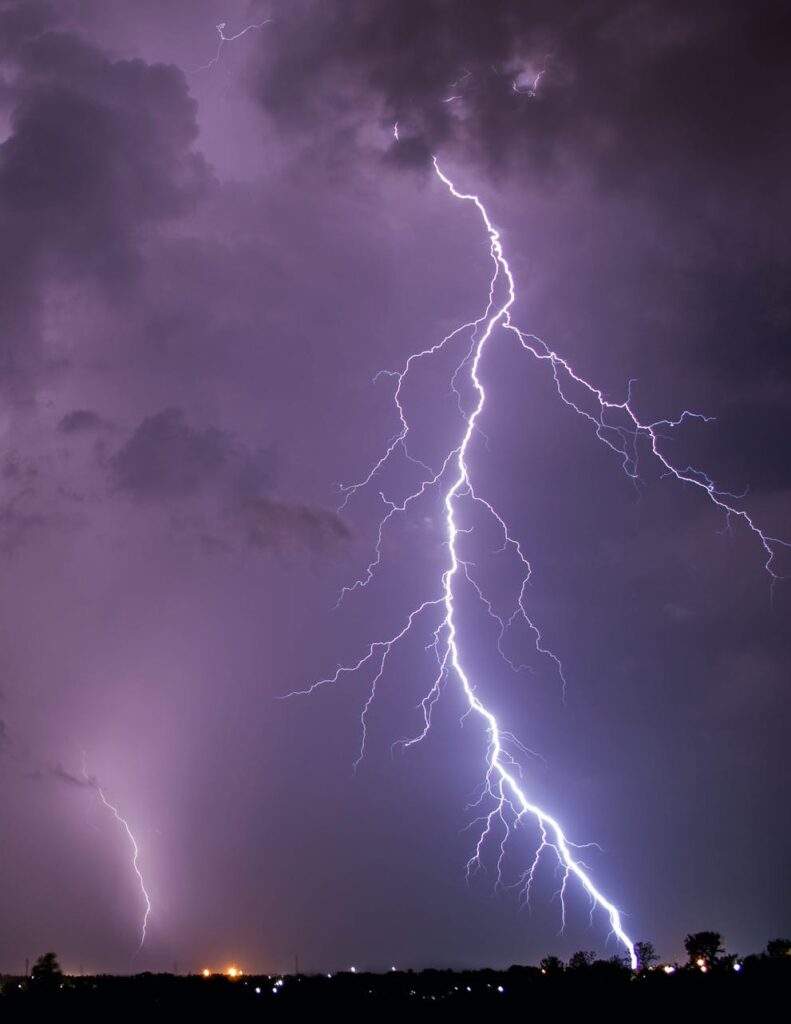
Daile Zhang, ESSIC/CISESS Postdoctoral Associate collaborated with Ken Cummins at the University of Arizona on a new article titled “Time Evolution of Satellite‐Based Optical Properties in Lightning Flashes, and its Impact on GLM Flash Detection” published in a special issue of Journal of Geophysical Research: Atmospheres.
Using the results of the Geostationary Lightning Mapper and the Kennedy Space Center Lightning Mapping Array in Florida, the researchers found that flash size and duration affect detection. While large and long-duration flashes were detected greater than 95% of the time, smaller and short lightning flashes went undetected 60 to 80% of the time. This is a concern because these short flashes are largely associated with severe weather.
Daile Zhang received her Ph.D. degree in Atmospheric Sciences at the University of Arizona. During her PhD, she studied lightning physics and lightning detection under Dr. Ken Cummins, a world-leading lightning scientist. Currently, she is a postdoctoral associate at ESSIC, focusing on evaluating and assessing space-based lightning sensors such as the Geostationary Lightning Mappers (GLMs) on GOES-16 and 17. Daile is passionate about lightning and thunderstorms and photographing them.
To access the piece, click here: “Time Evolution of Satellite‐Based Optical Properties in Lightning Flashes, and its Impact on GLM Flash Detection”.





